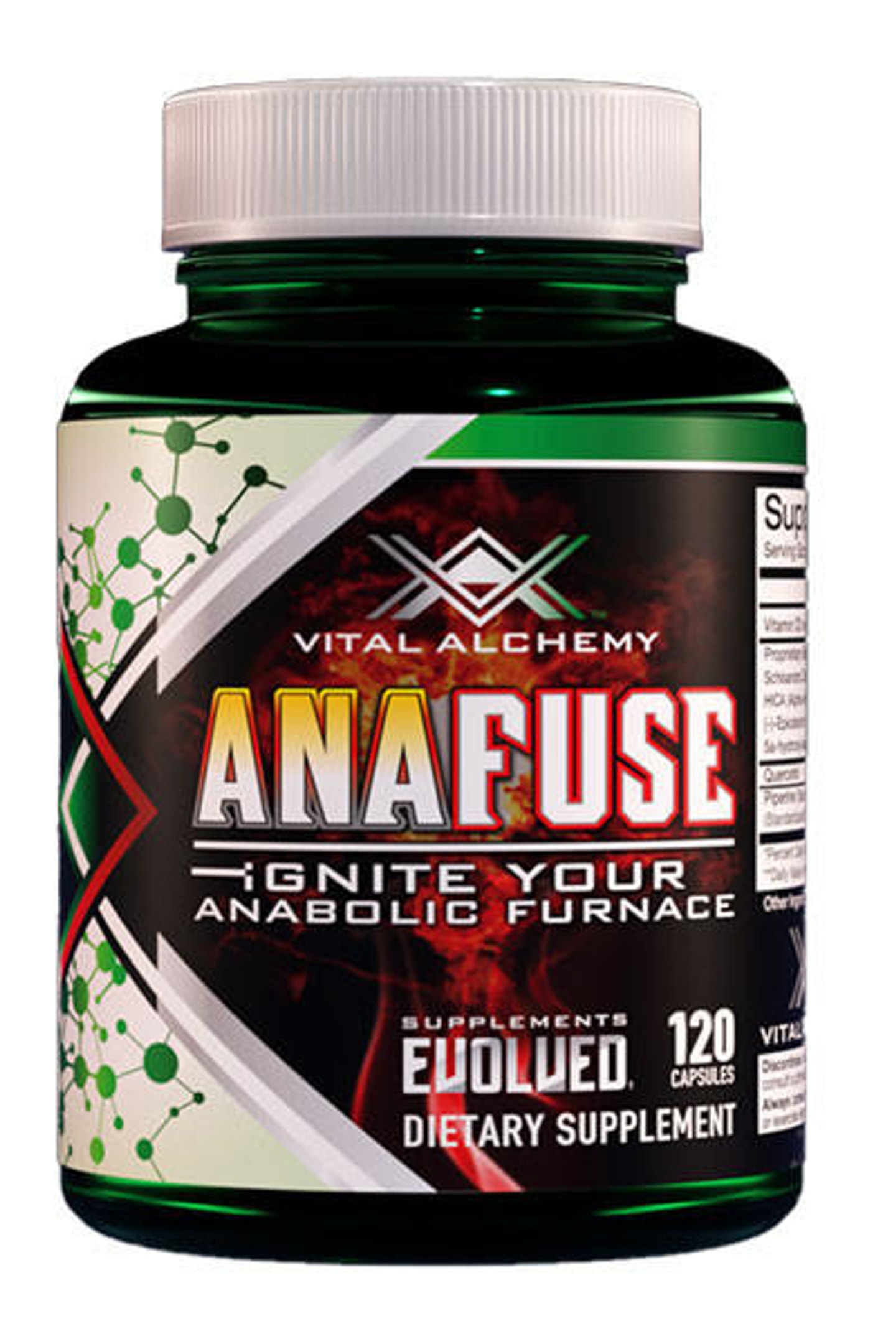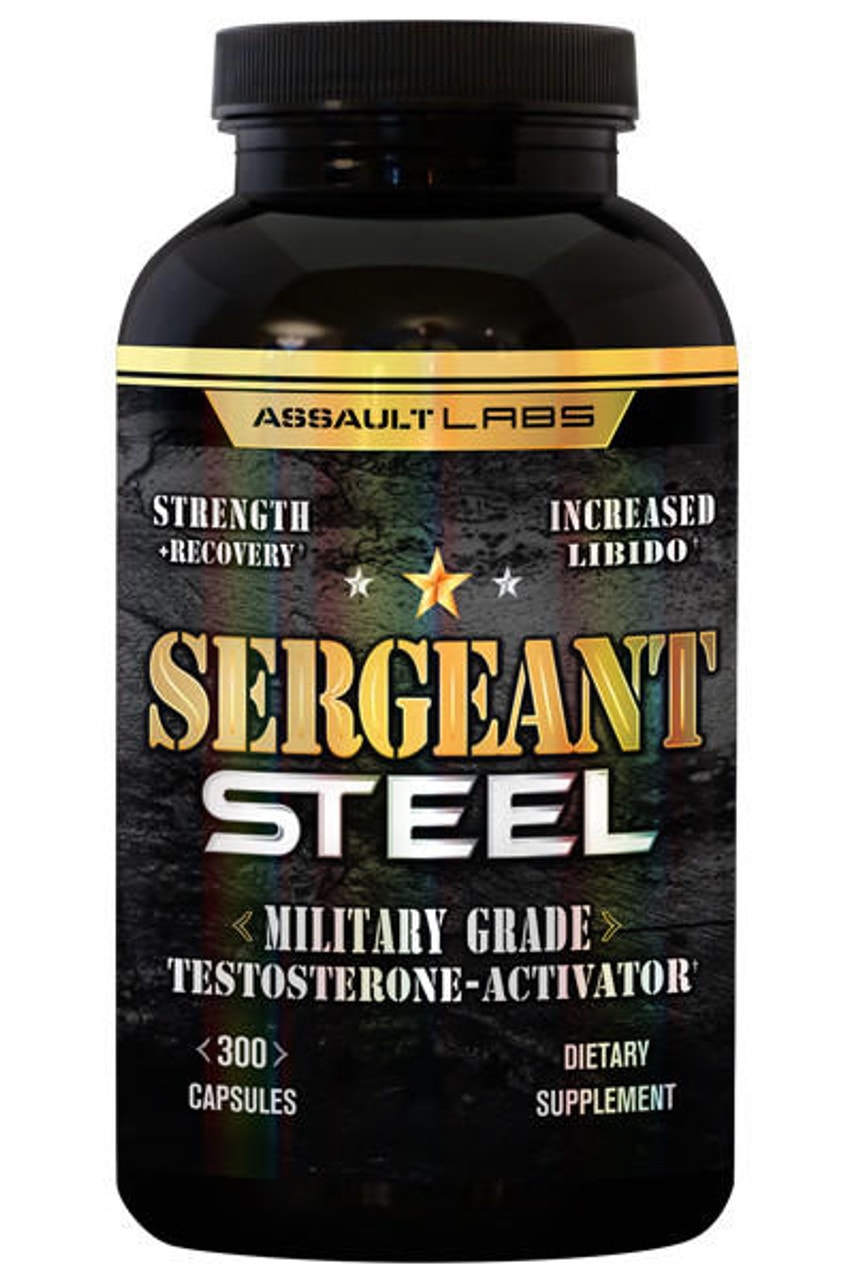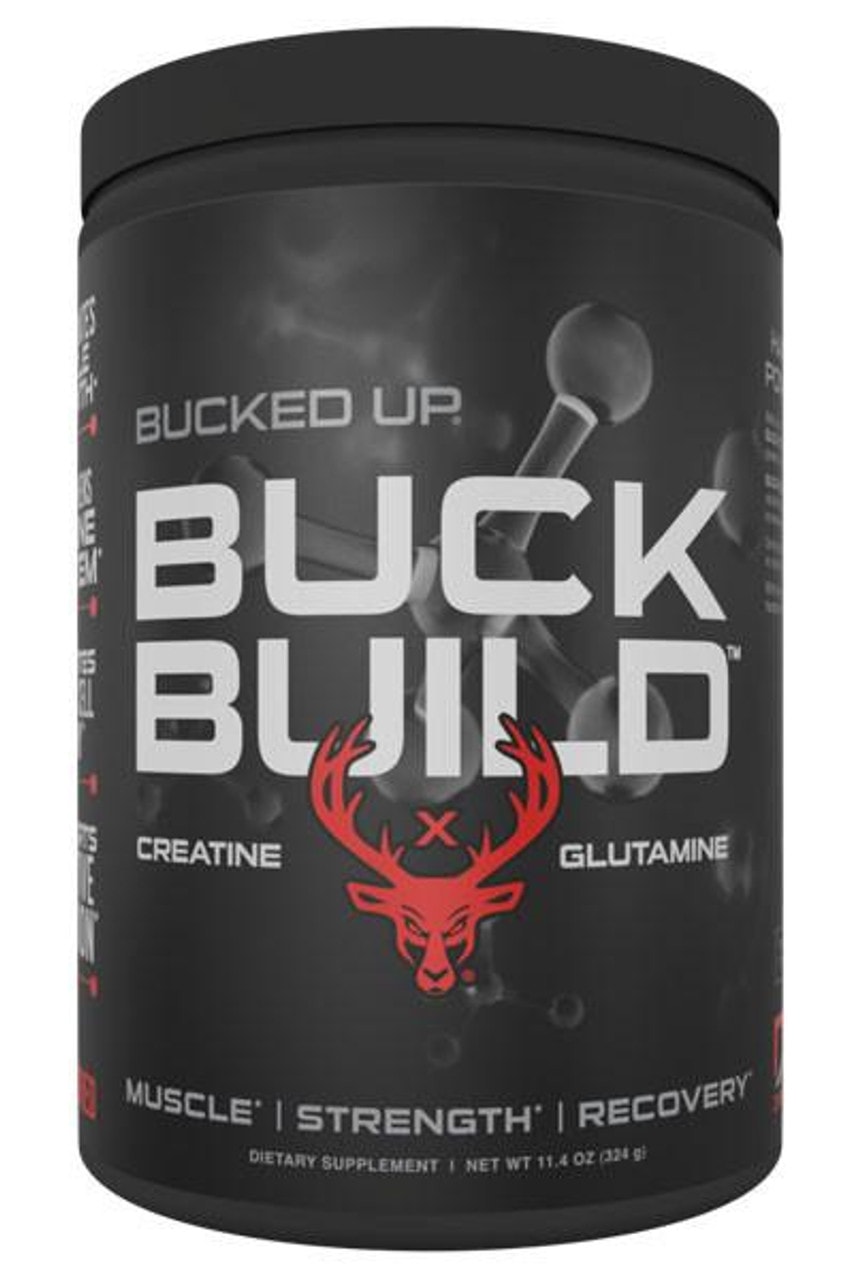Neutral Grip Pull-Ups: Benefits, Techniques, and More
Posted by Leonard Shemtob on Jan 14, 2025
Neutral grip pull-ups are a great exercise for building strength in your upper body. Unlike regular pull-ups, where your palms face away from you, a neutral grip has your palms facing each other. This position can be easier on your shoulders and wrists, making it a good choice for many people.
In this guide, we'll cover everything you need to know about neutral grip pull-ups, from proper form to variations.
[Related] Complete Pull Day Workout Guide: Build Strength and Muscle
Short Summary
- What They Are: Neutral grip pull-ups involve holding the bar with your palms facing each other, making them easier on your wrists.
- Muscles Worked: They target your back, biceps, shoulders, and core muscles.
- Key Benefits: Builds back, biceps, and shoulder strength while reducing wrist and elbow strain.
- How to Do Them: Start by hanging from a bar with a neutral grip, then pull yourself up until your chin is above the bar.
- Common Mistakes: Avoid swinging, pulling unevenly, or using momentum.
- Who Should Try Them? Great for beginners, people with joint concerns, and anyone building upper body strength.
- Supplements to Support Growth: To further support muscle growth and recovery, consider incorporating a supplement like Anafuse into your routine.
What Is a Neutral Grip Pull-Up?
A neutral grip pull-up is a pull-up variation where you hold the bar with your palms facing each other. This grip is different from the traditional pull-up (palms facing away) or chin-up (palms facing toward you). Neutral grip pull-ups are done on bars or handles that allow this hand position, often found on multi-grip pull-up stations.
This grip reduces strain on your wrists, elbows, and shoulders, making it a joint-friendly option. It also targets your back, biceps, and shoulders, helping to build upper body strength and muscle balance.
How to Perform a Neutral Grip Pull-Up
- Find the Right Bar: Use a pull-up bar or handles designed for a neutral grip, where your palms can face each other.
- Grip the bar: Grab the handles with a firm grip, your hands shoulder-width apart or slightly wider.
- Hang Steady: Let your body hang naturally, keeping your arms fully extended. Engage your core to stabilize yourself.
- Pull Up Smoothly: Pull your chest toward the bar by engaging your back and biceps. Keep your elbows close to your sides as you lift.
- Pause at the Top: Once your chin is above the bar, hold for a second to feel the contraction in your muscles.
- Lower Yourself Down: Slowly lower your body back to the starting position, allowing your arms to fully extend again. Control the movement to avoid swinging.
- Repeat: Perform the desired number of repetitions.
Neutral Grip Pull-Ups: Muscles Worked
Neutral grip pull-ups are a great way to target multiple muscles in your upper body. Here’s a breakdown of the key muscles worked:
- Latissimus Dorsi (Lats): These are the large muscles on your back that give you a “V-shaped” look. Neutral grip pull-ups help strengthen and widen them.
- Biceps Brachii: Located in the front of your upper arms, your biceps are heavily involved when you pull yourself up. They help bend your elbows as you lift your body.
- Rhomboids: These muscles are between your shoulder blades. They work to retract (pull together) your shoulder blades when you pull yourself up, helping to stabilize your upper back.
- Trapezius: The trapezius muscles, located at the upper back and neck, assist in moving and stabilizing your shoulders during the pull-up.
- Deltoids (Shoulders): Your shoulders assist in the pulling motion, especially the rear deltoids.
- Forearm Muscles: Your forearms play a crucial role in gripping the bar and supporting your weight as you pull yourself up.
- Core Muscles: While not the primary focus, your core muscles (including your abs) engage to keep your body stable and straight during the movement.
Benefits of Neutral Grip Pull-Ups
- Joint-Friendly: The neutral grip puts less strain on your wrists, elbows, and shoulders compared to traditional pull-ups or chin-ups. It can be more comfortable for people with wrist or shoulder issues.
- Increased muscle activation: They work multiple muscle groups in your back, arms, and shoulders, leading to greater overall strength gains.
- Builds Upper Body Strength: This exercise strengthens your back, biceps, shoulders, and core muscles, helping you develop a powerful upper body.
- Improves Grip Strength: Holding onto the bar works your forearm muscles, helping to improve your grip strength. A stronger grip is beneficial for many other exercises and sports.
- Better bicep development: This grip can emphasize the biceps more than some other pull-up variations.
- Functional strength: Pull-ups are a functional exercise, meaning they mimic real-life movements like lifting or climbing.
- Reduces Risk of Injury: The natural hand position helps avoid overloading joints, reducing the risk of strain or injury during pull-ups.
- Enhances Muscle Balance: By working multiple muscles at once, this variation promotes balanced strength and better posture.
Common Mistakes to Avoid
- Swinging or using momentum: This makes the exercise easier but less effective. Focus on using your muscles, not momentum.
- Not going all the way down: Make sure to fully extend your arms at the bottom of each rep. This ensures a full range of motion.
- Not going all the way up: Aim to bring your chin above the bar. Not reaching this point limits the effectiveness of the exercise.
- Partial Range of Motion: Only going halfway up or down limits your results. Make sure to pull your chin above the handles and fully extend your arms at the bottom.
- Flared Elbows: Allowing your elbows to stick out puts unnecessary stress on your shoulders. Keep them close to your body.
- Overloading Too Soon: Adding weight before mastering bodyweight pull-ups can lead to poor form and injuries. Focus on perfecting your technique first.
- Rushing Through Reps: Fast reps reduce muscle activation and increase the risk of injury. Focus on slow, steady movements.
Neutral Grip Pull-Up Progressions
If neutral grip pull-ups are too difficult at first, don’t worry! Here are some progressions to help you build strength and work your way up:
- Assisted Pull-Ups: Use a resistance band or an assisted pull-up machine to help lift some of your body weight. This makes it easier to practice the movement while building strength.
- Negative Pull-ups: Jump or use a step to get to the top position (chin over the bar), then slowly lower yourself down. This builds strength in the lowering phase of the movement.
- Isometric Holds: Pull yourself up and hold the top position (chin above the bar) for a few seconds. This helps build endurance and strength in the muscles used for pull-ups.
- Dead Hangs: Hang from the pull-up bar with your arms fully extended. This helps strengthen your grip and shoulders, making it easier to pull yourself up.
- Partial Reps: Do pull-ups but only go halfway up at first. Gradually increase the range of motion as you get stronger.
- Scapular Pull-Ups: Hang from the bar and focus on only moving your shoulder blades up and down without bending your elbows. This builds the foundation for a full pull-up.
- Increase Reps Gradually: Once you can do a few pull-ups, aim to increase the number of reps slowly. Start with small goals and build up your strength over time.
1. Neutral Grip Pull-Ups vs Traditional Pull-Ups
Neutral Grip Pull-Ups: In a neutral grip pull-up, your palms face each other. This grip is easier on the wrists and shoulders, making it a good option for people with joint issues. It targets your back, biceps, and shoulders.
Traditional Pull-Ups: In a traditional pull-up, your palms face away from you (overhand grip or pronated grip). This position can put more strain on your wrists and shoulders. It mainly targets the upper back and biceps.
Muscle Engagement
- Neutral Grip Pull-Ups: Focus on the back, biceps, and shoulders, with less strain on the shoulders.
- Traditional Pull-Ups: Also target the back and biceps but can put more stress on the shoulders.
Difference: Neutral grip pull-ups are more joint-friendly, while traditional pull-ups provide a more challenging grip that targets the upper back muscles more intensely.
2. Neutral Grip Pull-Ups vs Chin-Ups
Neutral Grip Pull-Ups: In this version, your palms face each other. It’s easier on the joints and works the back and biceps evenly.
Chin-Ups: For chin-ups, your palms face toward you (underhand grip or supinated grip). This grip works the biceps more than the back and is generally easier to perform than pull-ups due to the position of the arms.
Muscle Focus
- Neutral Grip Pull-Ups: Work the back and biceps but also engage the shoulders effectively.
- Chin-Ups: Primarily target the biceps and chest, with significant engagement of the back.
Difference: Neutral grip pull-ups are less stressful on the shoulders and wrists compared to chin-ups, but chin-ups engage the biceps more intensely.
Neutral Grip Pull-Up Variations
If you want to mix things up or target different muscles, here are some neutral grip pull-up variations you can try:
- Weighted Pull-Ups: Add extra weight using a weight belt or vest to make the exercise more challenging and build more strength.
- Close Grip Neutral Pull-Ups: Bring your hands closer together on the bar. This variation targets your biceps and forearms more.
- Wide Grip Neutral Pull-Ups: Place your hands wider than shoulder-width apart. This variation works your back and shoulders more intensely.
- Neutral Grip Pull-Up with Pause: Pause for a second at the top of the pull-up. This helps improve muscle control and increases time under tension for better gains.
Neutral Grip Pull-Up Alternatives
- Lat Pulldown: Use a cable machine with a neutral grip attachment. This exercise mimics the pull-up movement and targets the same muscles without needing to lift your body weight.
- Inverted Rows (using a bar or TRX straps): This bodyweight exercise works your back and biceps but is performed at an angle, making it easier than pull-ups.
- Dumbbell Rows: Use dumbbells to pull weights toward your torso while bending forward. This targets your back and biceps, similar to pull-ups.
- Assisted Pull-Ups: Use an assisted pull-up machine or resistance bands to help lift some of your body weight. This allows you to perform the pull-up movement with support.
- Bent-Over Barbell Rows: This compound exercise works multiple muscles in your back and arms, helping to build strength.
Best Supplements for Supporting Your Pull-Up Training
1. AnaFuse by Vital Alchemy (Best for Building Muscles)
Anafuse is a dual-agent bulking formula designed to support muscle growth and retention. It combines a blend of anabolics that work together to enhance muscle-building potential without the typical side effects. Anafuse provides essential components needed for adding lean muscle mass in one comprehensive formula.
Key Benefits
- It improves mass gains.
- It reduces body fat.
- It enhances muscle endurance.
- It boosts muscle hardness.
- It improves your strength.
- It promotes your muscle pumps.
- It accelerates your muscle recovery and reduces muscle soreness.
Key Ingredients
- Epicatechin
- Ajuga Turkestanica
- HICA
- Eriobotrya Japonica
- Vitamin D3
- Quercetin
Customer Reviews
 safe ...and good result
safe ...and good result
“Thgis is not my first order for that product... nothing wrong to ay...always good result”
-Marc B.
 Excellent
Excellent
“Provides the ability to progress faster.”
-Scott C.
 Solid supplement!
Solid supplement!
“This product most definitely delivers. I have used it countless times and I must say, I always make noticeable gains/transformations. Highly recommend it, I got all my friends taking this!”
-Edward
2. Sergeant Steel by Assault Labs (Best Test Booster)
Sergeant Steel by Assault Labs is a testosterone booster formulated with 16 carefully dosed ingredients aimed at supporting testosterone levels in the body. This supplement is designed to enhance strength, endurance, and muscle mass while also promoting overall well-being.
Key Benefits
- It increases your testosterone levels.
- It boosts nitric oxide levels.
- It improves muscle mass.
- It reduces estrogen and cortisol levels.
- It boosts your overall mood.
- It helps improve your strength.
- It speeds up muscle recovery.
- It boosts your libido.
Key Ingredients
- D-Aspartic Acid
- KSM-66® Ashwagandha Root Extract
- Mucuna Pruriens
- Nettle Extract
- Fenugreek
- Shilajit
- LJ100
- Dehydroabietic Acid (DHAA)
- Tribulus Extract
- Maca Extract
- Boron
Customer Reviews
 Strong Test Booster!
Strong Test Booster!
“Sergeant Steel is pretty strong! I have used Apex Male in the past and Sergeant Steel seems to out perform from a motivation and performance standpoint.”
-Tracy G.
 Works very well!!!
Works very well!!!
“Works good and you tell the difference when your on or off. It gives you everything your asking for that test booster supplement.”
-Blackdragon
 Amazing
Amazing
“Amazing test booster”
-Oliver g.
3. Wild Thing by Assault Labs (Best Pre-workout Supplement)
Wild Thing is a pre-workout supplement containing amino acids, creatine, and other nutrients intended to support muscle function during exercise. The formulation also includes nootropic ingredients intended to support focus.
Wild Thing also supports vascularity and pumps, promoting improved muscle definition. Its unique caffeine blend, featuring ZumXR® and Infinergy®, provides an initial energy boost with a sustained release to help power you through your entire workout.
Key Benefits
- It increases your energy levels.
- It helps enhance your focus.
- It boosts your strength.
- It improves your muscle pumps.
- It improves your mood and overall cognitive function.
- It reduces muscle fatigue.
- It accelerates your muscle recovery.
Key Ingredients
- DiCitrulline Malate/Infinergy®
- Beta-Alanine
- Alpha-Glyceryl Phosphoryl Choline
- Agmatine Sulfate
- Creatine Anhydrous
- L-Glutamine
- Choline Bitartrate
- Caffeine Anhydrous
- L-Tyrosine
- L-Norvaline
- ZumXR®
- Huperzine A
- Infinergy®
- Cocoabuterol®
- Thinkamine®
Customer Reviews
 Wild thing
Wild thing
“Was provided with last order the stuff worked great planning on purchasing next order”
-Al P.
 Wild Thing
Wild Thing
“Good flavor and great energy boost.”
-Paige T.
 Best on Market
Best on Market
“Gives you the right amount of kick, without any of the drawbacks. Perfect”
-Tyler R.
4. Bucked Up Buck Build Creatine + Glutamine (Best for Building Muscle and Strength)
Bucked Up Buck Build Creatine + Glutamine is formulated to support strength, muscle recovery, and endurance. This blend combines different types of creatine and glutamine to help improve workout performance and recovery.
It enhances strength, supports hydration, and aids in muscle repair, making it suitable for those looking to optimize their fitness results.
Key Benefits
- It helps build your muscles.
- It accelerates your muscle recovery.
- It enhances your overall performance.
- It improves your endurance.
- It increases your power output, strength, and stamina.
- It supports your hydration.
- It helps reduce fatigue.
- It boosts your overall gut health.
Key Ingredients
- Creatine MagnaPower® (Magnesium Creatine Chelate)
- Creatine Citrate
- Di-Creatine Malate
- Creatine AKG (2:1)
- Creatine Pyruvate
- L-Glutamine
- N-Acetyl L-Glutamine
- L-Glutamine AKG (2:1)
- L-Alanyl L-Glutamine
- BetaPure™ Betaine Anhydrous
5. Joyful Joints by VL (Best Joint Support Supplement)
Joyful Joints is a joint supplement formulated with a blend of effective ingredients designed to provide comprehensive joint support and lubrication. It includes Hyaluronic Acid, a powerful ingredient known for its ability to lubricate and protect joints. Hyaluronic Acid helps improve joint strength and prevent damage, making it a key component in joint health.
Key Benefits
- This supplement supports your joint health.
- It helps lubricate your joints.
- It boosts your cartilage health.
- It reduces your inflammation.
- It helps improve synovial fluid.
Key Ingredients
- Glucosamine
- Turmeric
- Methylsulfonylmethane
- Cissus Quadrangularis
- Vitamin C
- Bromelain
- Hyaluronic Acid
Customer Reviews
 Best Joint relief
Best Joint relief
“Definitely one of the best joint reliefs out there; I’ve had some joint pain for years while lifting but after starting to take this, I barely even notice it! Quality product and I highly recommend.”
-Timothy S.
 Joyful Joints
Joyful Joints
“great, I feel my joints getting stronger or not as sore as the day before, especially on my knees just because leg day I go extremely heavy all around.”
-Chase S.
 Definitely did the job
Definitely did the job
“I take a few hours before my workout and it lubricates my knees for squats, no more cracking, pain Or discomfort.”
-Smg
Final Thoughts
Neutral grip pull-ups are a great exercise for building upper body strength, especially in your back, biceps, and shoulders. They’re easier on your joints compared to other pull-up variations, making them a solid choice for people at different fitness levels.
In this article, we've explored how to perform neutral grip pull-ups, the muscles they work, their benefits, and various progressions and alternatives. We compared it to other pull-up variations like traditional pull-ups and chin-ups and touched on a few variations of the neutral grip itself. Hopefully, this information provides a clearer understanding of this effective exercise.
Written and Sponsored by Leonard Shemtob
Leonard Shemtob is President of Strong Supplements and a published author. Leonard has been in the supplement space for over 20 years, specializing in fitness supplements and nutrition. Leonard appears on many podcasts, written over 100 articles about supplements and has studied nutrition, supplementation and bodybuilding.
Leonard's articles have been published in many top publications around the web. Leonard enjoys weight training, playing basketball and yoga, and also enjoys hiking. In his free time he studies and works on improving himself. For more detailed information, visit his official blog.
FAQs About Neutral Grip Pull-Ups
A: Yes! Neutral grip pull-ups are an excellent exercise for building muscle, especially in the back, biceps, and shoulders.

- https://boxlifemagazine.com/neutral-grip-pull-up/
- https://generationiron.com/neutral-grip-pull-up-exercise-guide/
- https://gymnastgem.com/neutral-grip-pull-ups/
- https://www.ammfitness.co.uk/information-advice/neutral-grip-pull-ups
- https://backmusclesolutions.com/blogs/the-ql-blawg/neutral-grip-pull-up?srsltid=AfmBOopZdZE0tA_xerVZfGRAwKcN_xfI5fjwtc1BVKYk-Ah1bkqXuve8






